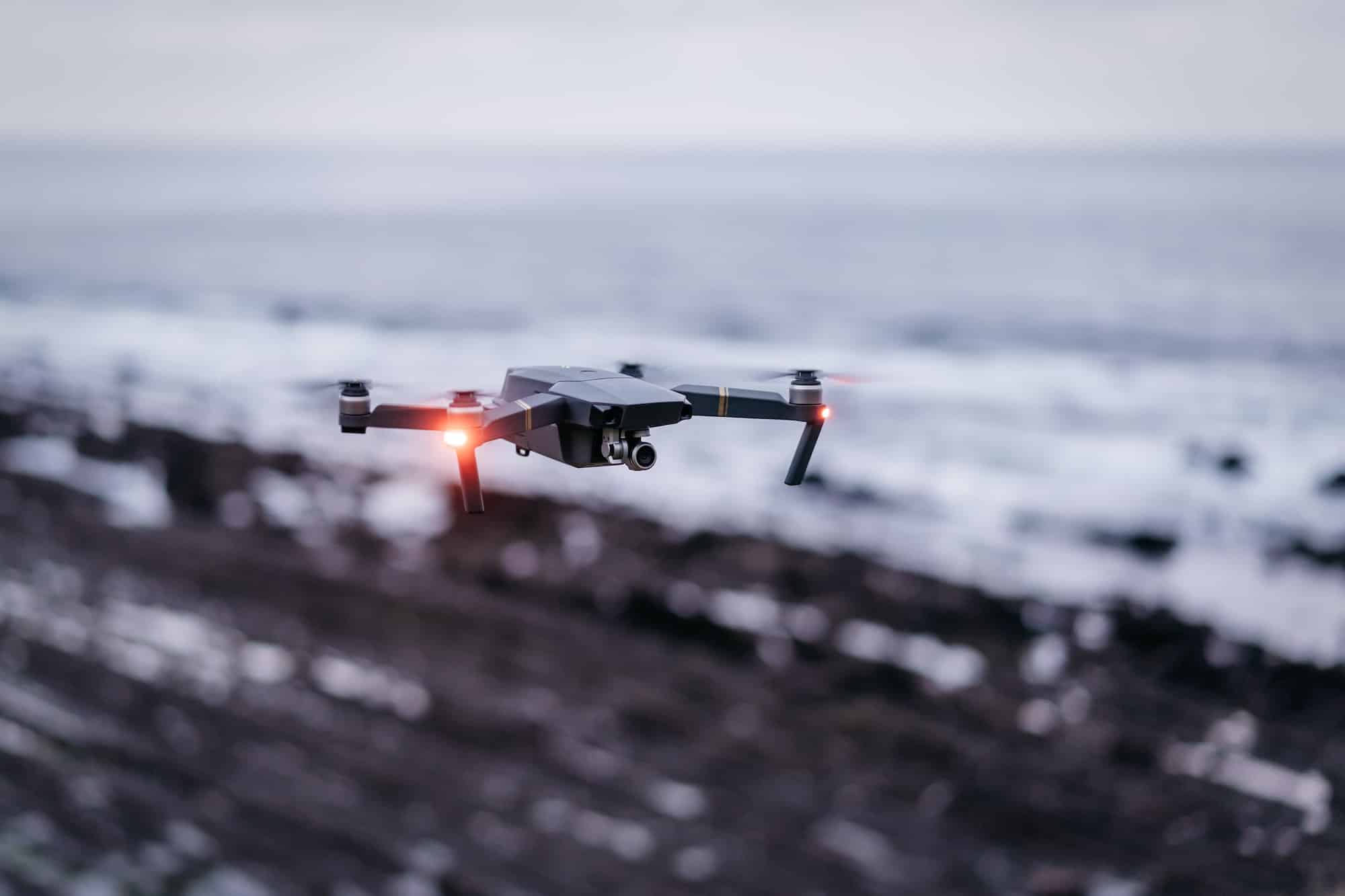Can Drones Equipped with Thermal Imaging Aid in Urban Search and Rescue Efforts?

In the ever-evolving landscape of technology, drones have come to play a significant role. As their use diversifies, we’re beginning to see more applications for these unmanned aerial vehicles (UAVs), particularly in the field of search and rescue (SAR) operations. In this article, we offer an in-depth look at how drones, equipped with thermal imaging cameras, could revolutionize SAR missions, enhancing safety, efficiency, and effectiveness in urban areas.
The Rising Trend of Drones in Search and Rescue Operations
Drones, previously used mainly in the military sector, have found their way into civilian applications. SAR operations present a promising area for drone application due to their ability to access difficult-to-reach areas, provide real-time video data, and operate in various weather conditions.
Also read : How Is Tech Innovating the Way We Monitor and Respond to Volcanic Activity?
Drones can significantly reduce the time and manpower required in SAR operations. They can cover large areas in a relatively short period, providing rescue teams with a broader perspective and aiding in the location of missing persons.
Equipped with cameras, drones can capture high-resolution images and videos, providing accurate visual data to rescue teams. This information can help SAR teams to identify people, assess the situation, and strategize their rescue missions accordingly.
This might interest you : How Are Smart Fabrics Revolutionizing Patient Monitoring in Hospitals?
The Power of Thermal Imaging in SAR Missions
Thermal imaging, or infrared imaging, is a technology that detects heat emitted by objects or people and produces images, referred to as thermograms. This technology is especially handy in SAR operations, particularly in low-visibility conditions.
Thermal imaging cameras attached to drones can detect human heat signatures, making it easier to locate people in difficult terrain or under debris. The cameras can see through smoke and even in complete darkness, making them invaluable tools in SAR missions.
These cameras work by capturing differences in temperature, which are then converted into an image. By analyzing these images, SAR teams can figure out the location of the person in distress, even if they are hidden from view.
Drones with Thermal Imaging: A Game-Changer in Urban SAR Operations
Urban SAR operations present unique challenges due to the presence of dense buildings, traffic, and large populations. However, drones equipped with thermal imaging could be a game-changer in such scenarios.
In urban areas, drones can provide an aerial view, helping rescue teams navigate through cluttered cityscapes. The thermal cameras, on the other hand, can assist in detecting people who might be trapped in buildings or under debris, which is often the case after disasters like earthquakes or explosions.
For example, in an urban fire scenario, thermal drones can not only detect the heat sources, but also the cool spots, indicating possible safe routes for firefighters. This data can significantly increase the safety and efficiency of SAR missions, reducing the risk for rescue personnel and increasing the probability of successful rescues.
Challenges and Future Developments in Drone-Assisted SAR Operations
While drones equipped with thermal imaging present immense potential, there are also challenges that need to be addressed. These include regulatory restrictions, privacy concerns, technical limitations like battery life and range, and the need for trained personnel to operate the drones and interpret thermal data.
However, continuous developments in drone technology are addressing these concerns. Longer-lasting batteries, enhanced data processing capabilities, and advanced detection algorithms are just a few areas of research and development.
Moreover, scholars and researchers are working on developing autonomous drones that could independently navigate and carry out SAR missions, reducing the need for human operators. Integrating artificial intelligence with thermal imaging could potentially lead to smarter drones that could identify human figures from other heat sources, further enhancing their effectiveness in SAR operations.
In summary, drones equipped with thermal imaging are poised to play a transformative role in SAR operations. As technology continues to advance, we can expect these UAVs to become an integral part of rescue missions, helping to save lives and resources in urban areas around the globe.
The Role of Google Scholar and Scholar Crossref in Advancing Drone Technology
Google Scholar and Scholar Crossref, as significant resources for academic research, have been playing a key role in advancing drone technology in SAR operations. They provide a platform for researchers and innovators globally to publish, share, and learn from studies related to drones, thermal imaging, and SAR missions.
Through these platforms, researchers can access numerous papers and studies that delve into the use of drones in public safety, especially in search and rescue missions. By examining the data and findings from these resources, professionals can identify successful strategies, common challenges, and potential solutions. This process significantly contributes to the further development and refinement of drone technology and its application in rescue operations.
These research databases, boasting open access, have also been instrumental in the development of algorithms for thermal cameras attached to drones. With the ability to detect and distinguish human heat signatures from other sources, these thermal cameras function as eyes in the sky, helping rescue teams locate victims quickly and efficiently.
The ongoing research in this field, much of it accessible through Google Scholar and Scholar Crossref, is also focusing on overcoming the existing limitations of drones, such as battery life and operating range. These platforms facilitate collaboration and knowledge sharing among researchers worldwide, speeding up the innovation process and bringing us closer to a future where drones equipped with thermal imaging are standard in SAR missions.
Looking Towards the Future: The Integration of AI and Thermal Imaging in Rescue Drones
The integration of artificial intelligence (AI) with thermal imaging in rescue drones is a promising development that could significantly enhance the efficiency and effectiveness of urban SAR operations. The combination of AI and thermal imaging could lead to smarter drones capable of making independent decisions, reducing the need for human operators.
AI, when integrated with thermal imaging, can potentially differentiate between various heat sources. This ability could enable drones to identify human figures effectively among other heat sources, such as animals or burning objects. Hence, rescue teams could then concentrate their resources on specific areas, greatly improving their chances of successful rescues.
Moreover, autonomous drones enabled with AI can independently navigate through dense urban areas, avoiding obstacles and choosing the most efficient paths. This autonomy would not only speed up SAR missions but also reduce the risks associated with manual drone operation, particularly in challenging terrains or adverse weather conditions.
Despite the potential benefits, the integration of AI into SAR drones also presents new challenges, such as the need for complex programming and the ethical considerations related to autonomous machines. However, ongoing research and development promise to address these challenges, making AI-integrated drones a reality in the near future.
Conclusion
In conclusion, drones equipped with thermal imaging have the potential to revolutionize urban SAR operations, offering increased safety, efficiency, and a higher chance of successful rescues. While there are challenges to overcome, including regulatory restrictions, privacy concerns, and technical limitations, ongoing research and technological advancements promise to address these issues in the near future.
Google Scholar and Scholar Crossref play a significant role in this process, providing a platform for researchers to share their findings and contribute to the development of drone technology. Furthermore, the integration of AI with thermal imaging presents an exciting opportunity to further enhance the capabilities of rescue drones.
As we continue to leverage technology to aid in search and rescue operations, drone-assisted missions are expected to become more commonplace. Our society must be prepared to embrace these advancements and understand their value in saving lives and resources in urban areas around the globe. As the technology matures, drones will undeniably become indispensable tools in SAR missions, marking a new era in public safety.
